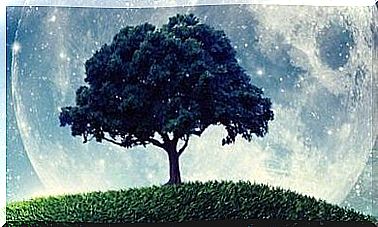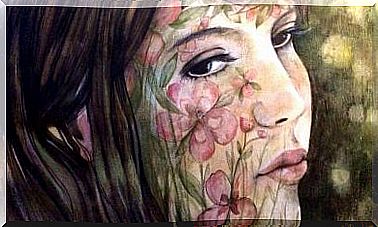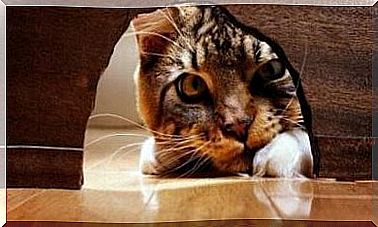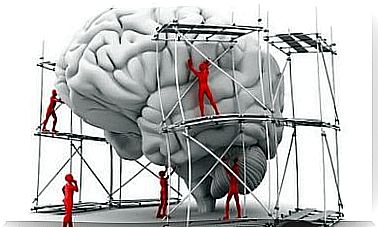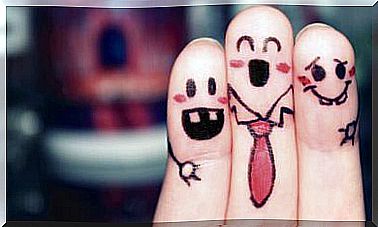Creativity: A Plant We Must Always Take Care Of
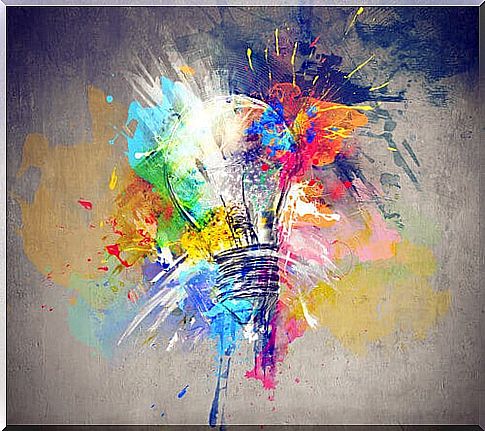
Creativity: a word that you have heard many times, one of the most popular terms, used by both specialists and ordinary people. But are we sure we know what the implications of this tool are in our daily life?
We have always considered it a heritage of childhood, which reaches its peak during adolescence. But if we eliminated this ability during adult life, we would be making a serious mistake, because it is a tool that can bring us new ideas and improve our potential in various areas.
Creativity increases problem-solving skills
Very often the ability is underestimated, considered “crazy” or limited to the great artistic geniuses of history. Fortunately, in recent years we have witnessed a “popularization” of this ability which, in reality, is found in each of us: in some it is still a little dormant, in others, however, it is already awake and at attention.
People who can rely on well-active creativity enjoy a richer inner mental world, in which the imagination commands and governs the resolution of problems or asks the most interesting questions. These people are able to accumulate an infinity of alternatives and different possibilities and paths to tackle the same problem.

To be creative, we have to be permissive with our ideas
The word creativity comes from the verb “to create”, and to create is nothing more than the act of inventing or generating something new. This ability is not unique to painters, designers, architects or musicians, as many think. A creative person is a person who manages to find original solutions to the problems he has to deal with every day. He is also a person who asks or asks questions that no one has ever thought of.
Many of these people were able to develop their creativity in childhood, thanks to the support and encouragement of the people who educated them. As an example, think of a child drawing a sheep with wings. We know very well that sheep do not have wings and such an image may seem very funny to us.
That’s right: sheep don’t have wings. Agree. But what’s the problem if a child draws a sheep like this? Why should we censor a work of art with these characteristics?
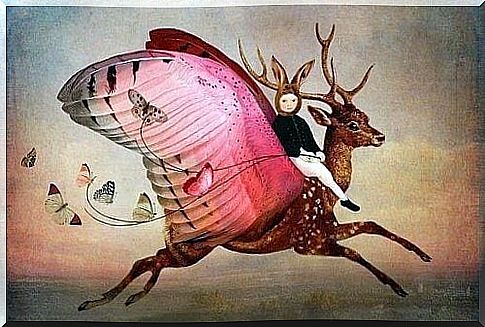
Creativity feeds on rewards, not punishments
Especially in childhood, the important thing is the procedure, not the result. We must not fall into the temptation to classify the child’s ideas or artistic expressions with expressions such as “this is good” and “this is not good”.
If we do this, we will punish his spontaneity and, therefore, urge him to abandon it. On the contrary, if we leave our children the freedom to play with their imagination when they draw, they will develop the ability to elaborate alternative possibilities to those already existing.
The child will thus articulate the ability to imagine and express himself spontaneously. Conversely, when we interfere or brutally interrupt that flash of creativity (“But darling, you know sheep don’t have wings … That’s not good, now I’ll help you erase them”) and this interference of ours becomes a habit, the child will stop to express themselves in a genuine way.

We strengthen our ability to generate solutions!
If we stimulate this inventive, funny idea of the child, we will help him to continue expressing all that his effervescent imagination is eager to offer to the world. “It must be a very free sheep, it wants to fly!”, “How nice, you gave it wings, so you can help it fly”, “Who knows where it will want to go?” …
All these comments enhance and stimulate the child’s expressiveness. Using them is a great way to draw that thread of the imagination that, to our adult eyes, seems infinite within children.
Being ingenious is not crazy
Many creative adults as children were allowed to express themselves freely thanks to the stimuli of the adults around them. The childhood of people who are not creative today, however, was probably marked by the censorship of these events that did not respect “common sense” and common expectations .
Let’s put ourselves in these people’s shoes for a moment: if during my childhood no one valued something that could be useful to me in adult life, I will learn that it is “crazy” and that freely expressing these kinds of ideas can lead others to take me for an unbalanced person.
We certainly live in a world that rewards self-control and in which, in one way or another, spontaneity is censored. But creativity needs this spontaneity to survive, it needs contact with reality and even be a source of errors. In this way, we will prevent it from being relegated to a corner within us, like a useless rubbish.
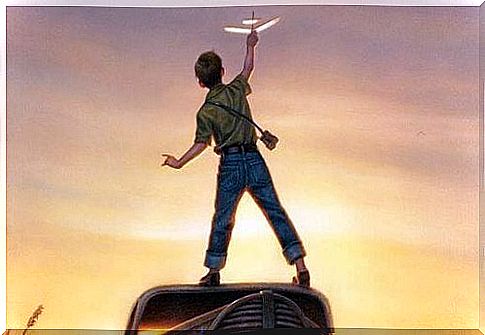
After all, many times the real cause of everything is the fear of trying and making mistakes, the unknown consequences of the genuine expression of what is inside us. A fear that becomes even greater in some situations in life or in the workplace …
We are born free to express our most imaginative ideas
There is nothing more true: being creative means having an inner world rich and full of possible alternatives at every step of the long ladder of life. It means having a backpack full of resources, colors, multiple shades …
We were not born structured and hermetic, we were born free and with immense power to develop what is ours and is born with us.
We must not be afraid to develop and nurture such a beautiful thing: you will rediscover yourself doing things you never thought you could do!



